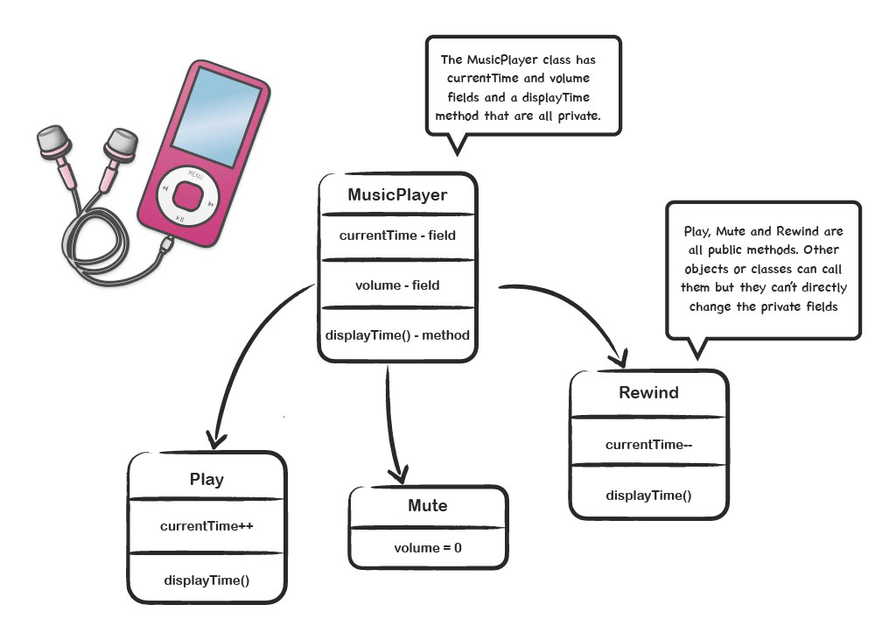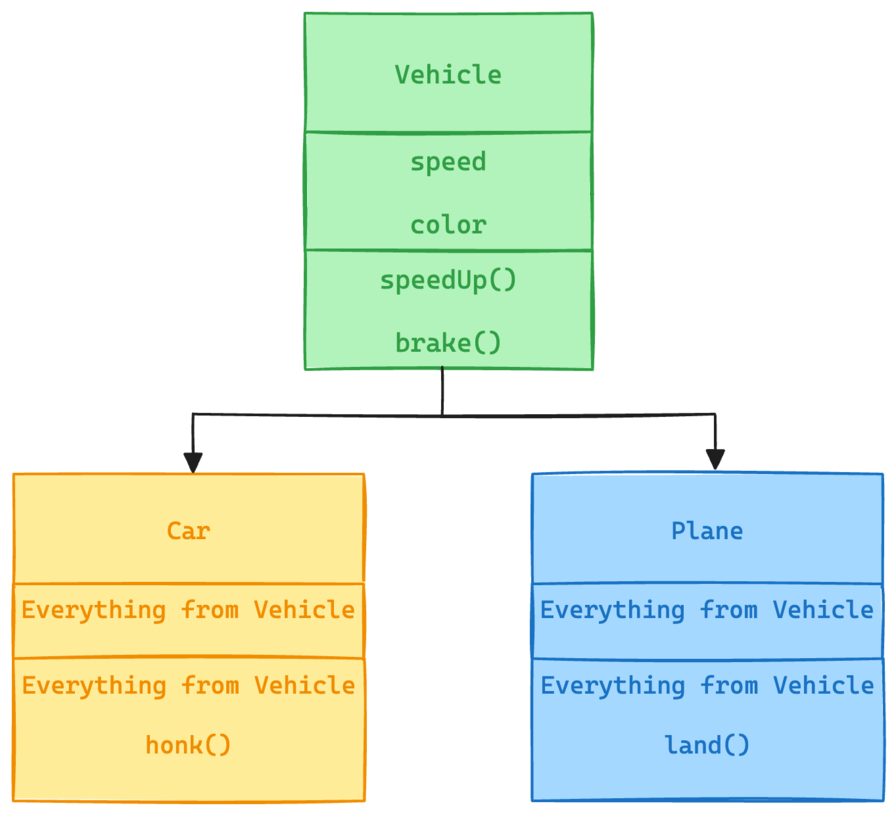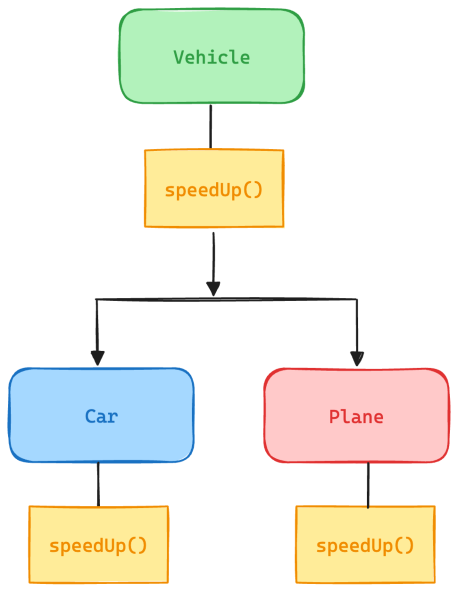Let's face it, programming can be very overwhelming, but the basic ideas behind it are simpler than they seem. Object-oriented programming (OOP) is one such concept. Imagine building with toy blocks – that's OOP! There are four main principles: Encapsulation, Abstraction, Inheritance, and Polymorphism.
Encapsulation
Encapsulation is like keeping secrets. Imagine you have a special toy that you don't want anyone else to touch or see inside. So, you put it in a box and close the lid tight. Only you know what's inside the box, and others can only play with it by following the rules you set.
In programming, Encapsulation means each thing (or object) keeps its own properties or state safe inside a box called a class. Other things can only interact with it by using the rules (or methods) that the object allows.
For example, think of a music player. You can't see what's inside it, but you can press buttons to play music or change the volume. The user has to communicate with the music player in order to interact with its features.
Let's apply encapsulation to a MusicPlayer class.

Here, the state of the media player is composed of its private fields or properties currentTime, and volume. They are called private because outside sources cannot see or access them. The MediaPlayer class can display its currentTime variable using its private method called displayTime(), but other classes can not invoke or call this method directly.
Outside classes can only call upon the public methods play(), mute() or rewind(). Each of them modifies the music player's internal state in some way and may invoke displayTime(). This linkage between the private state and public methods is how encapsulation is achieved.
Abstraction
Abstraction is like an extension of Encapsulation. It's when you don't need to know how something works on the inside to use it. When you think about it, it's a bit like magic!
Abstraction in the context of computer science means each object only shows what's important and hides all the complicated stuff. For example, let’s take a look at our music player from before.

Think about how you might use the device. You would just press buttons to make things happen such as increasing or decreasing the volume or rewinding the song, but you don't need to know how the device completes these tasks or how it works behind the scenes. This concept applies the same way in OOP.
Inheritence
Inheritance is like passing down traits from parents to children.
In OOP, Inheritance allows a new class (called a child class or subclass) to inherit properties and methods from an existing class (called a parent class or superclass). This means that the child class can reuse code from the parent class, which helps save time and reduce unnecessary code.
For example, let's say we have a Vehicle class with properties like speed and color, and methods like speedUp(), and brake(). We can then create more specific classes like Car and Plane that inherit from the Vehicle class. The Car class might add methods like honk(), while the Plane class might add methods like land().

By inheriting from the Vehicle class, both Car and Plane classes can reuse the properties and methods it defines, making it easier to create and manage our code.
Polymorphsim
The word "polymorphism" comes from the Greek roots: "poly," meaning "many," and "morph," meaning "form" or "shape." So, when we put them together, "polymorphism" literally means "having many forms" or "taking many shapes."
In computer science, Polymorphism refers to the ability of objects to take on different forms or behave in different ways depending on the situation in which they are used. It’s like having different versions of the same toy.
Think back to our toy car, and plane example. Even though they both look different, they're still toys, and you can play with them in similar ways. For example, you can push them around or make engine noises.
In the following diagram, both the Car class and the Plane class inherit from the Vehicle class and can implement their own versions of the speedUp() method.

So why is Polymorphism useful? Occasionally, we may find ourselves needing to utilize a collection or a list of objects, with a variety of classes such as Cars and Planes, but intend to use them as if they were the same object. Alternatively, we might have a method specifically made for the parent class but desire to employ it for the child classes as well. Polymorphism solves these problems, allowing us to treat different types of objects similarly while avoiding extra code. It's like having a magic wand that makes everything work together smoothly!
Conclusion
Overall, we've explored some fascinating concepts in computer programming: Encapsulation, Abstraction, Inheritance, and Polymorphism. While these big words may seem complicated, the concepts are easily translated into common, real-world examples. All together, these principles make up the building blocks of modern software development, empowering programmers to create complex and dynamic systems with ease and elegance.
